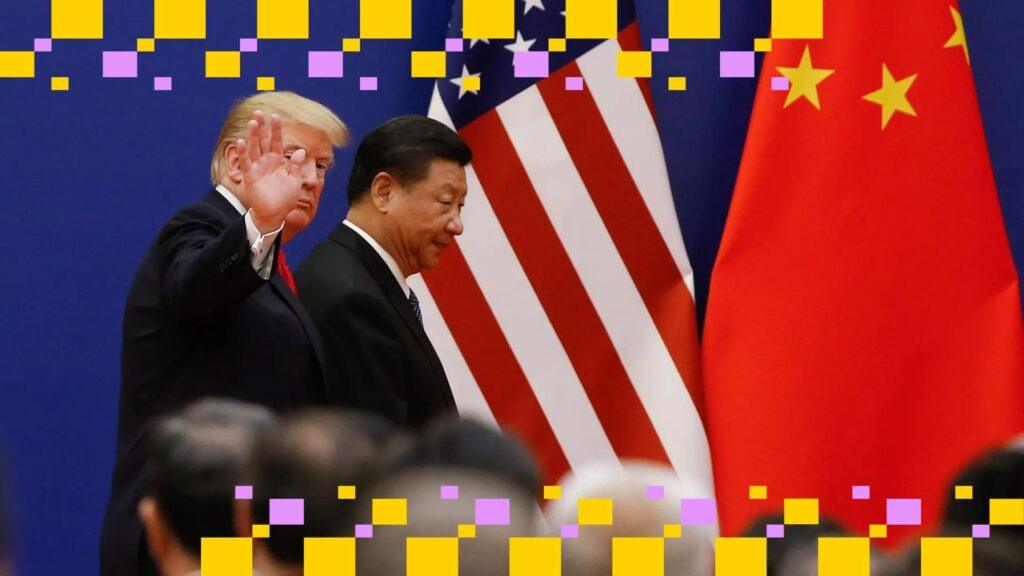Bitcoin reversed some of the post-Fed losses early Thursday after the meeting between President Donald Trump and his Chinese counterpart Xi Jinping produced favorable results.
In a speech aboard Air Force One, the US president was also reported to have said it was a one-year deal that would be extended. Trump also said that the problem of rare earths has been solved and that there would be no more roadblocks on them.
Trump also said that US tariffs on China would be lowered to 47% from 57%. He said he would go to China in April and that Xi would come to the United States sometime after that, in comments reported by Reuters.
BTC briefly fell to $108,000, extending the overnight decline from $113,000 to $110,000, triggered by Federal Reserve Chairman Jerome Powell downplaying the certainty of a December rate cut.
XRP and led losses among the majors, down 4%. Ether Solana’s SOL, BNB and Cardano’s ADA showed losses as much as 3%.
Futures linked to the S&P 500 also traded lower, while the dollar index consolidated around 99.00 and held on to gains overnight.
According to the BBC, Trump has left South Korea without announcing the outcome of his talks with Xi. “They shook hands at the end of the meeting before leaving,” the BBC report said.
The bar for expectations was set high after Trump said earlier this week that both nations are close to reaching a trade deal. Trade tensions rose recently after Trump threatened to impose 100% tariffs on Chinese goods in response to Beijing’s decision to tighten its grip on rare earth exports.
Earlier on Wednesday, the US central bank’s Federal Open Market Committee cut its benchmark overnight lending rate to a range of 3.75%-4%. The Fed added that it would stop reducing its asset purchases – a process known as quantitative tightening – on December 1.
The twin policy moves country right into crypto’s wheelhouse. A lower benchmark interest rate of 3.75%-4% signals the beginning of easier economic conditions after two years of restraint, softening real interest rates and supporting risk appetite.
Bitcoin and other non-yielding assets tend to benefit as liquidity returns and investors rotate out of cash-heavy positions into growth and alternative stores of value.
Ending balance sheet outflows on December 1 effectively reintroduces net liquidity to the system, easing pressure on banks and improving market depth across risk assets. This environment could spur risk appetite among crypto traders and renewed leverage in derivatives markets.
The bigger swing factor, however, remains geopolitics. If the US-China trade deal hardens and tariffs are rolled back further, global risk sentiment could rise, reinforcing the Fed’s dovish tone and extending Bitcoin’s pullback beyond $115,000. But if the talks work out, investors can relax with renewed yearnings as the dollar rises and volatility picks up again.
As such, easier monetary policy and easing trade frictions form a rare adjustment supporting crypto markets into November – although optimism still depends on whether this “soft landing” narrative holds when liquidity really returns.



